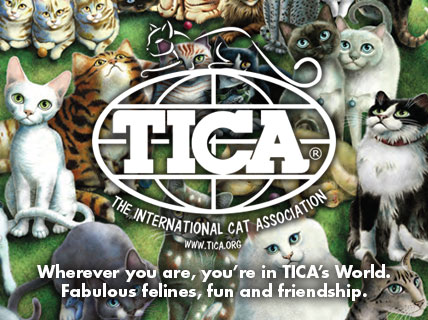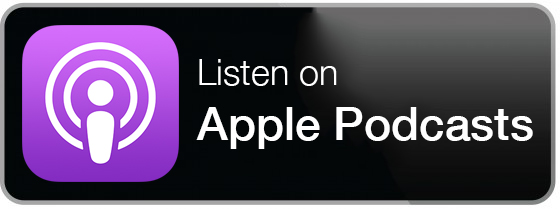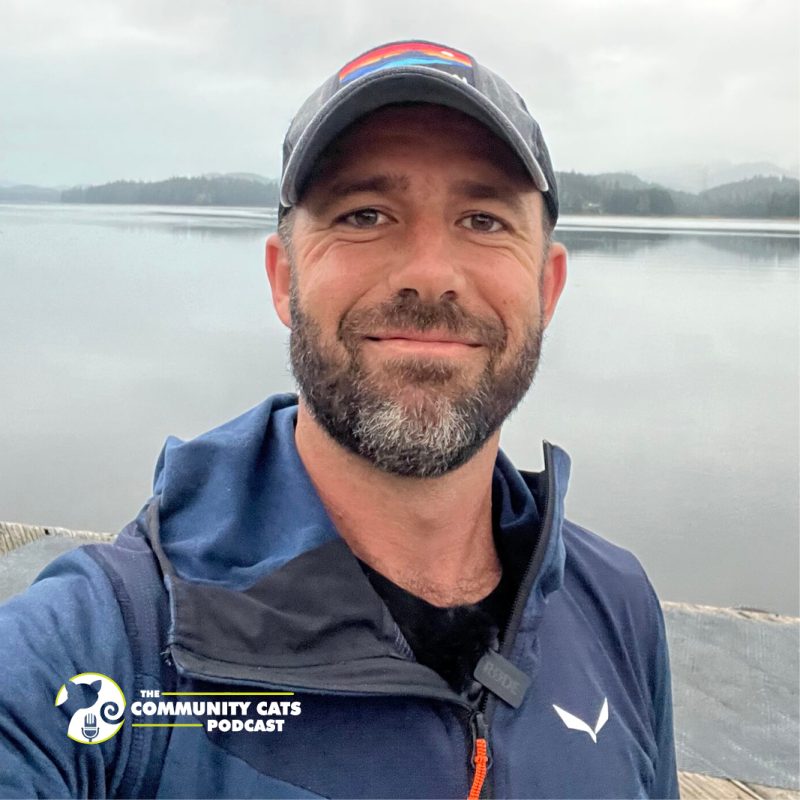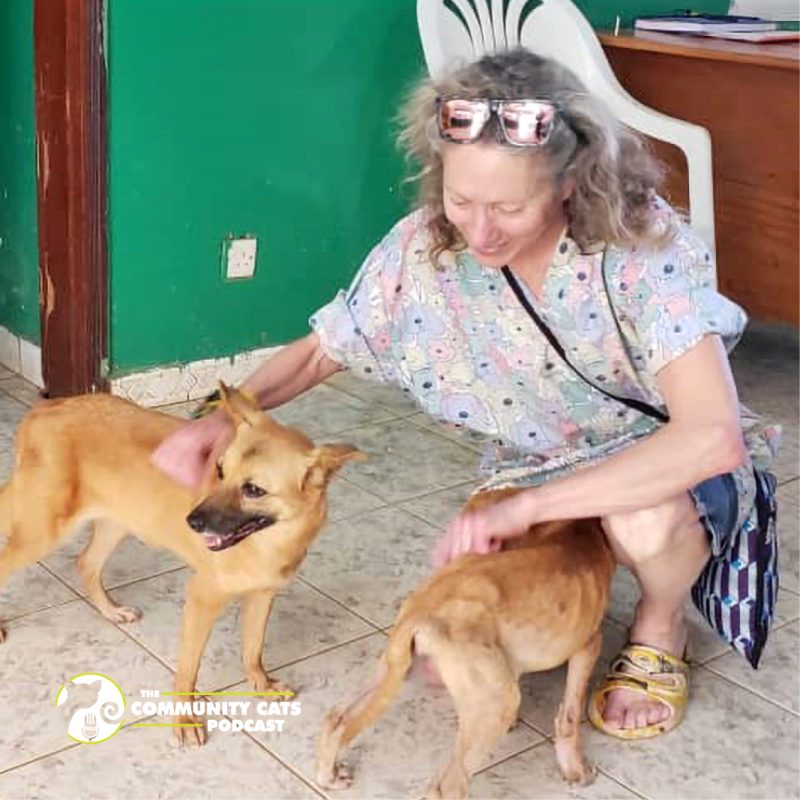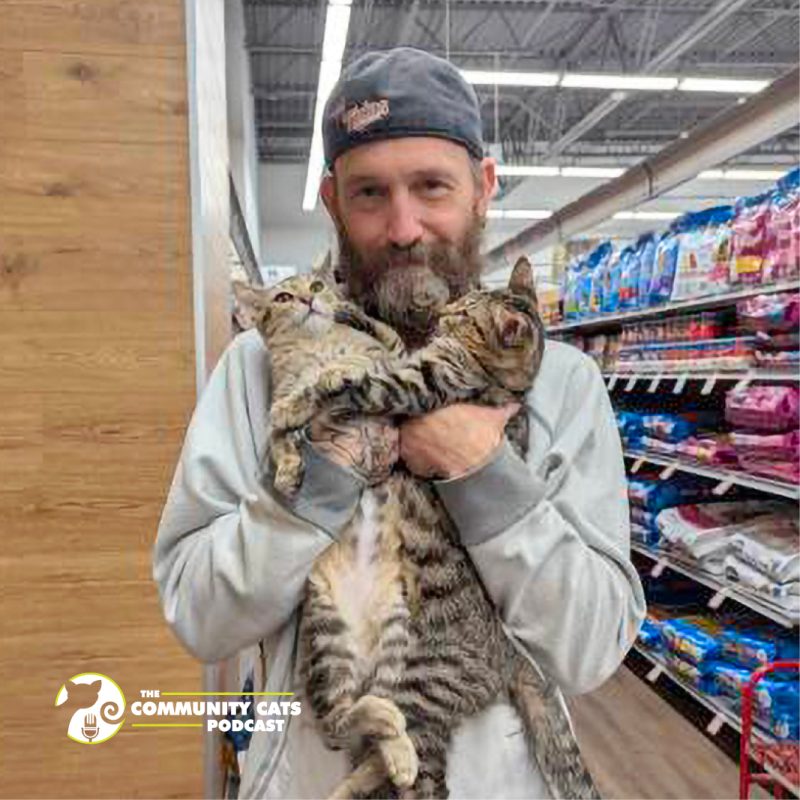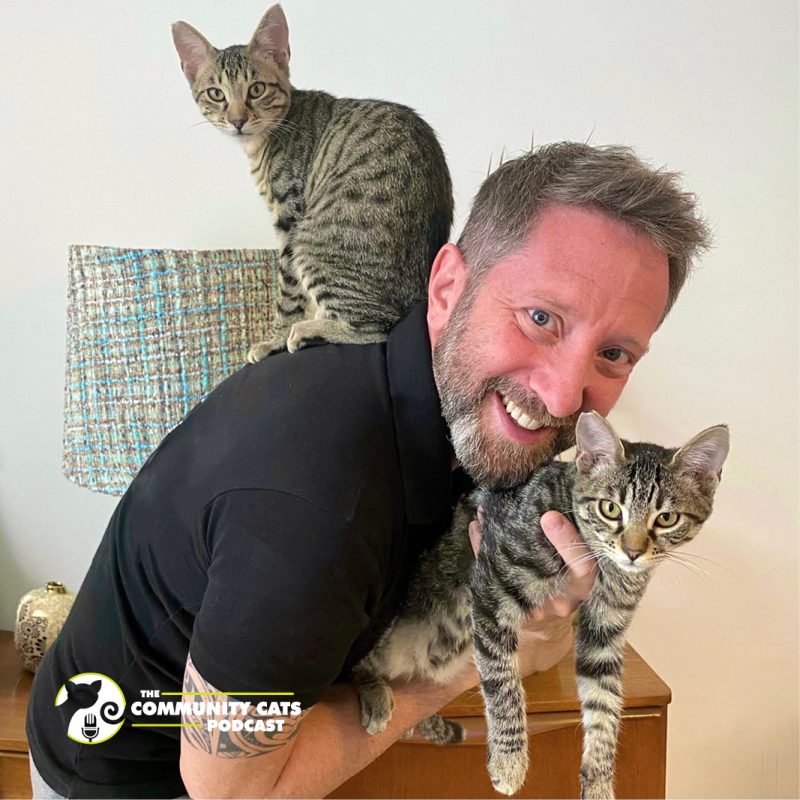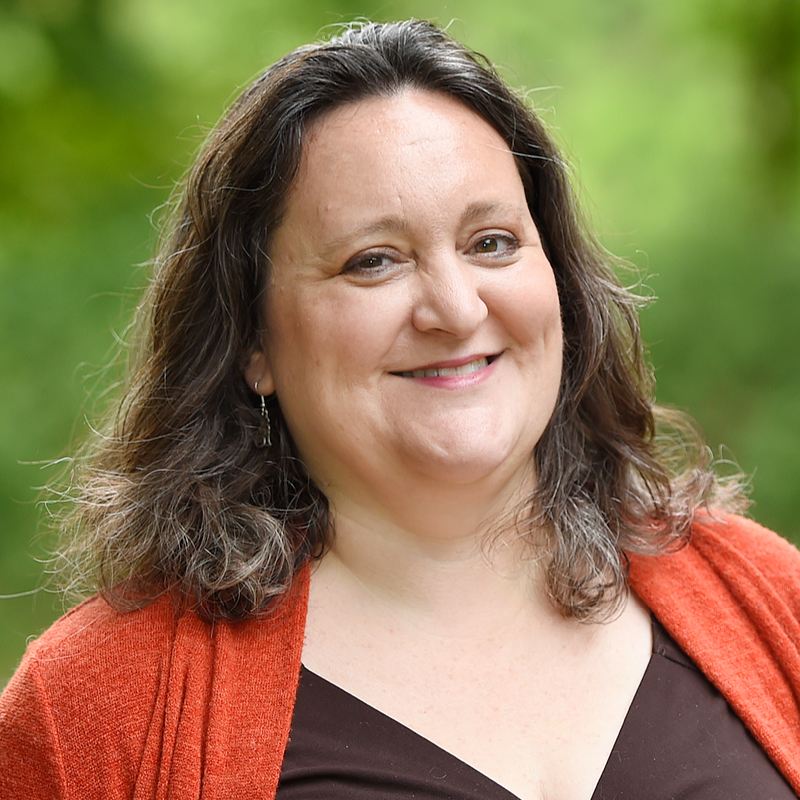
Interview! Danielle Bays, Director of Cat Protection and Policy, Humane Society of the United States
August 19, 2018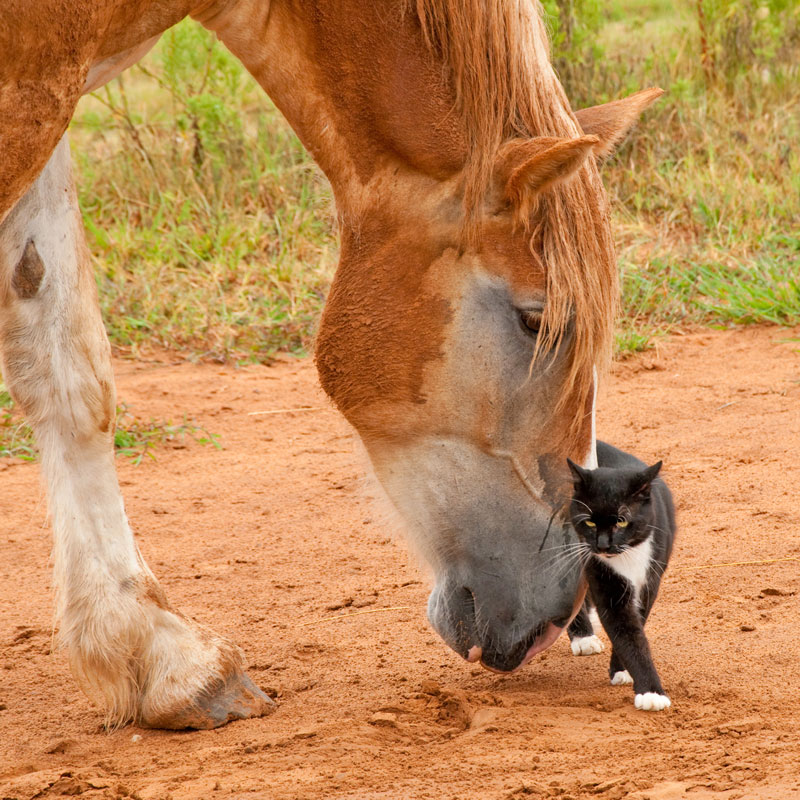
Five Freedoms and Community Cats, I wonder?
August 26, 2018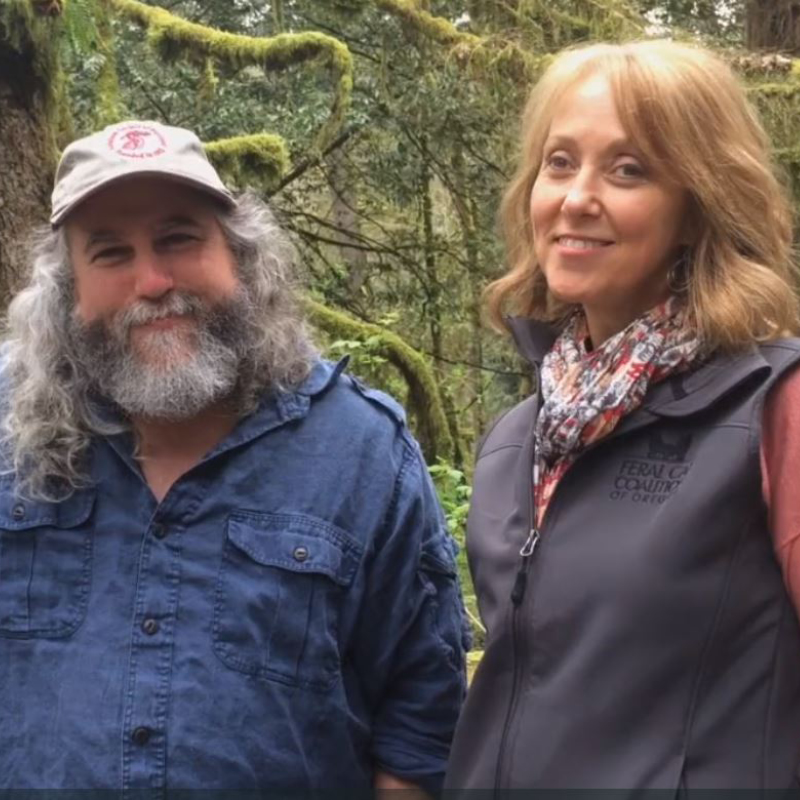
“… the key is recognizing that in general … the public wants solutions that are good for birds and cats.”
Karen Kraus and Bob Sallinger’s organizations, the Feral Cat Coalition of Oregon and the Audubon Society of Portland, have formed what may seem to some to be a most unlikely partnership between “cat people” and “bird people.” But the truth, Karen and Bob have found, is that animal welfare and wildlife conservation have a lot more in common than people might think.
Karen’s group, the Feral Cat Coalition of Oregon, is a high-volume spay/neuter program in Portland that offers TNR services for feral and stray cats and low-cost spay/neuter for owned cats. Since its founding in 1995, the group has altered over 92,000 cats. They are focused on trying reduce the numbers of stray and feral cats on the streets, but in addition to spay/neuter, they do a lot of education—part of which happens through their partnership with the Portland Audubon Society.
Portland Audubon Society (Bob’s group and the largest chapter of the National Audubon Society), has a state-wide focus on protecting birds and other wildlife and their habitat. Part of that effort includes trying to reduce predation on birds by free-roaming cats—and a big part of that effort has been collaborating w/ the Feral Cat Coalition of Oregon.
The relationship between the two groups, which has been going on for two decades, formed when the groups realized that they shared common goals—reducing the numbers of outdoor cats and promoting more responsible pet ownership. “From Day One,” Karen says, “our information has said that we recognize that outdoor cats predate on wildlife and that we want to see a reduction in outdoor cats to help both wildlife and for the cats.” Working together has allowed these two groups to be much more creative and to explore a wider variety of strategies than they would have been possible if they’d taken an antagonistic approach to each other.
The result of this partnership is the Cats Safe at Home campaign, which encourages people to keep their cats indoors through such things as an annual “catio tour” in the area—as well as more academic projects like research to try to ensure that good information and solid statistics are available to inform decisions around the best ways to control outdoor cat populations and reduce predation on birds.
In their interview with Stacy, Bob and Karen go on to give some tips on how other similar groups might approach trying to work together on what is a highly polarized issue on the national level. Bob tells us that while it’s easy to be overwhelmed by the magnitude of a challenge like decreasing outdoor cat numbers and reducing cat predation on birds, the truth is that most environmental challenges are solved “from the ground up.” In other words, it’s a lot of individual actions that add up to something bigger. You can help incrementally resolve this issue over time with your own cats by keeping them indoors (and if that’s not possible with your current cat, maybe with the next one), or by decreasing the amount of time they spend outdoors. There are a lot of things people can do that help solve a problem, Bob tells us, and the way we make progress is by a lot of people participating.
To learn more about the Cats Safe at Home campaign (including information on their upcoming 6th annual catio tour!), visit catssafeathome.org. To learn more about Karen’s organization, the Feral Cat Coalition of Oregon, visit feralcats.com, and to learn more about Bob’s organization, the Audubon Society of Portland, visit audubonportland.org.

